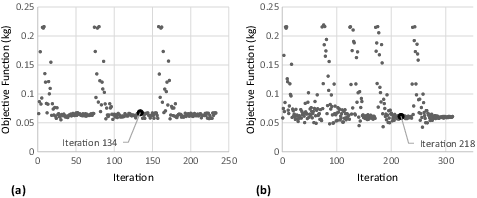Figures & data
Figure 1. Centered parameter studies of the effect of (a) particle deposition, (b) out-of-core particle release, (c) in-core non-boiling particle release, and (d) mass transfer coefficient for escape probability of boiling on the cycle core boron mass for Unit A with prior source terms adjustments.
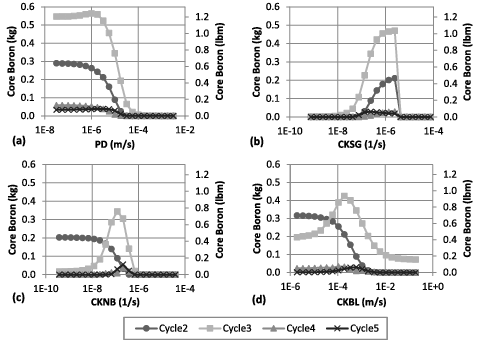
Figure 2. Effect of the multiplier on the core boron mass for Unit A. A multiplier value 0.79 effectively “tunes” the unit.
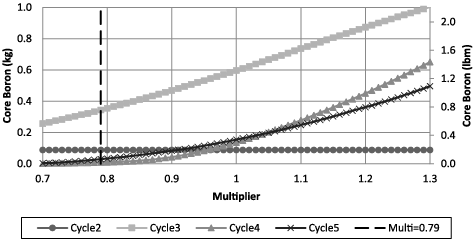
Table 1. Nuclear steam supply system (NSSS) characteristics of Unit A and Unit B.
Table 2. Plant CIPS history for Unit A and Unit B.
Table 3. Output constraints used for defining convergence criteria.
Table 4. Input constraints used for limiting ranges of possible solution.
Figure 3. Implementation of multilevel optimization. Arrows on the left are input while arrows on the right are collected outputs fed back to the optimizer.
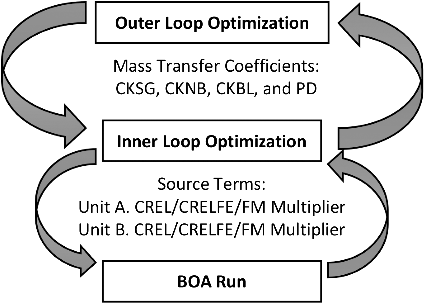
Figure 4. Illustration of the setup for improving runtime and parallelization, (a) shows the connection mechanism through PBS and MPI calls and (b) shows the thread splitting.
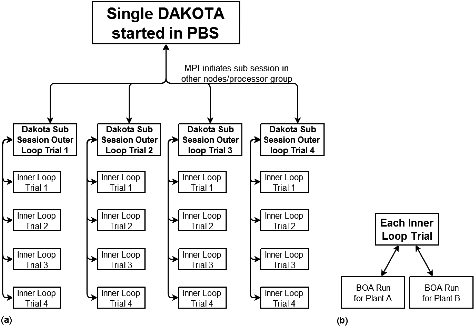
Table 5. Mass transfer coefficients after DAKOTA optimization runs.
Table 6. Percentage of constraints met for Unit A.
Table 7. Percentage of constraints met for Unit B.
Table 8. Combined constraint frequency
Figure 6. Unit 2, Cycle 12 core boron difference from CIPS threshold of iterations with 13 constraints met for (a) Run 1 and (b) Run 2.
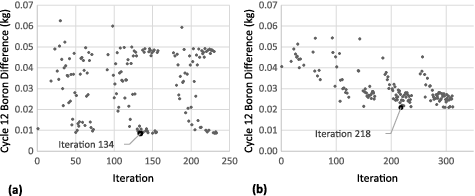
Table 9. Core boron mass comparison.

